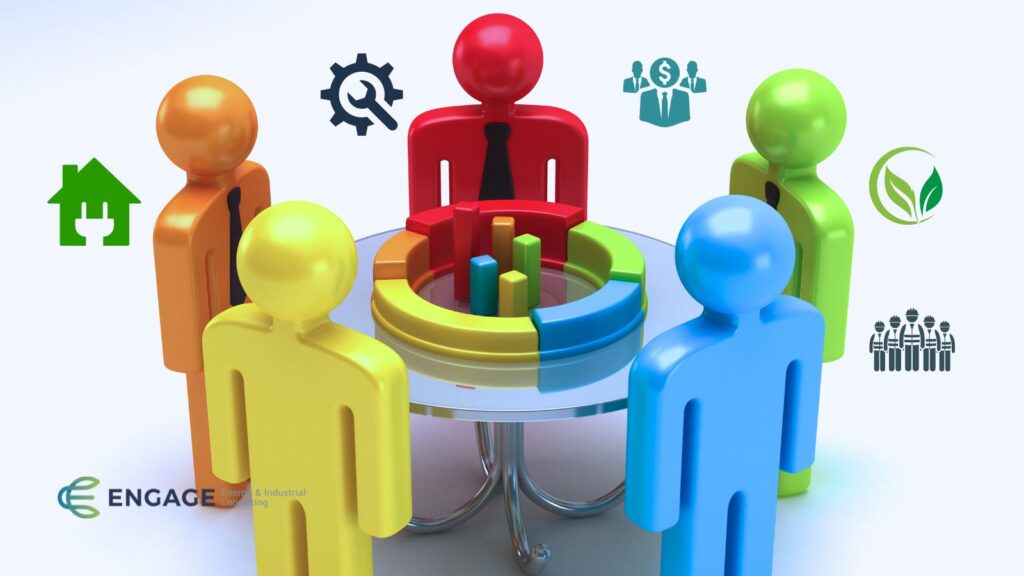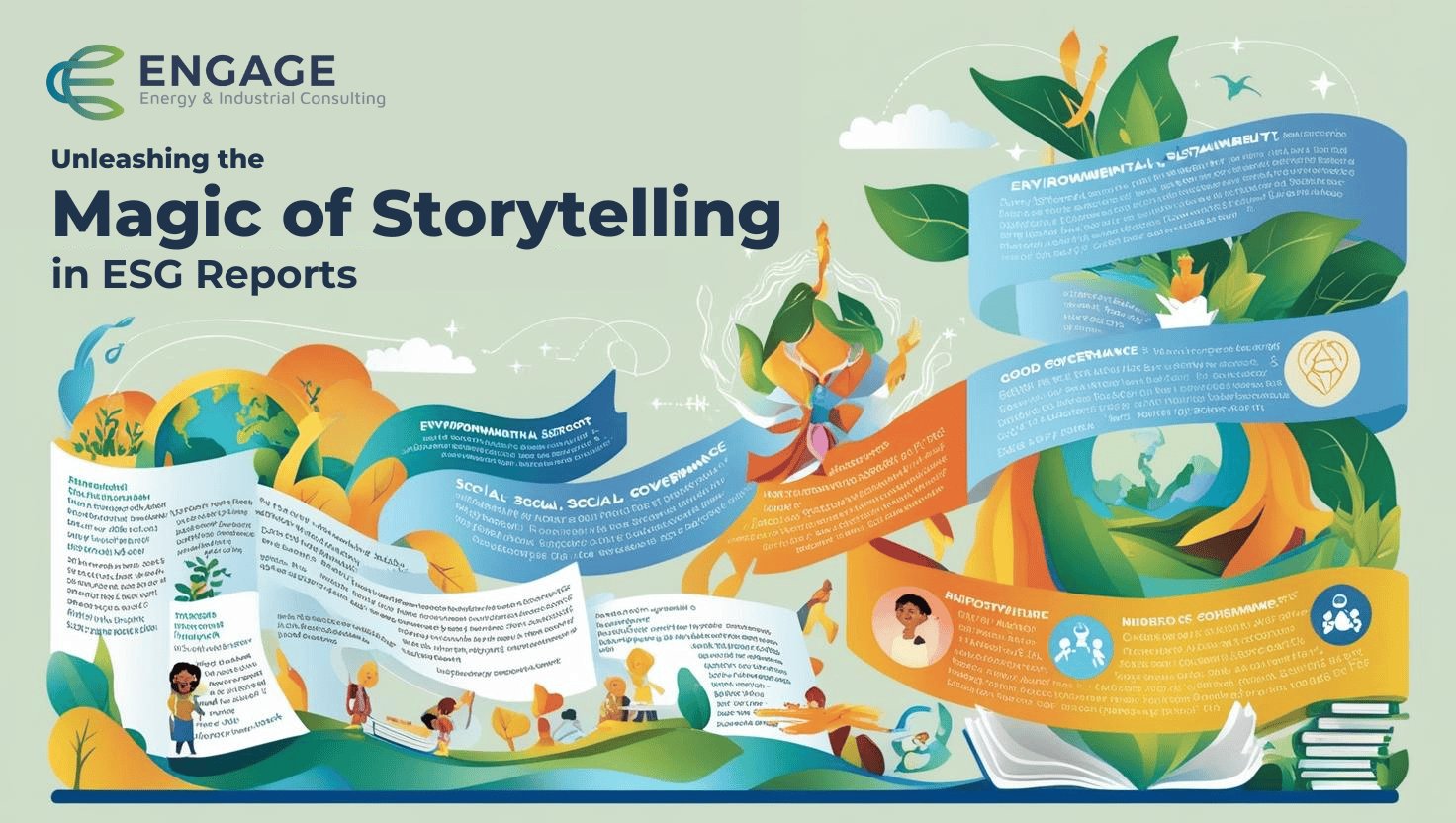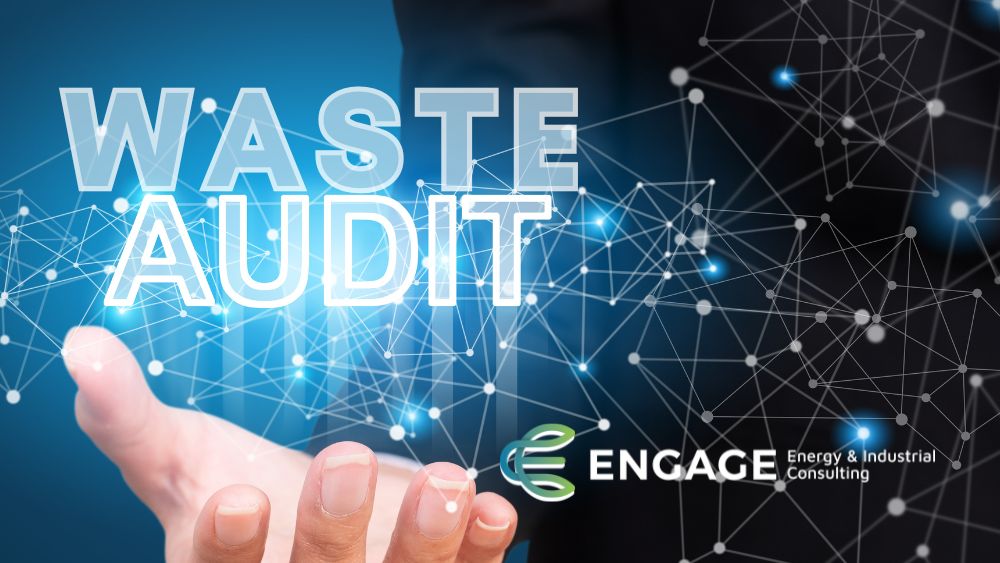A materiality assessment is a process used by organizations, particularly in the fields of sustainability reporting, corporate governance, and financial reporting (ESG), to determine and prioritize the significance or materiality of risks related to their operations. As part of ESG services provided by organizations like Engage Energy & Industrial Consulting, these assessments help organizations identify and prioritize the risks and opportunities that are most significant to their operations and stakeholders.
In this blog we are going to explore why materiality assessment matter and the best way to use them to empower your business.
Understanding Materiality Assessments

Materiality assessments serve a dual purpose in both sustainability reporting and corporate governance. These assessments determine the significance, or materiality, of risks related to an organization’s operations. A material risk is a risk or potential threat substantial enough to hurt an organization’s operations, financial condition, or prospects significantly. These are the risks that could affect an organization’s ability to achieve its objectives, fulfill its obligations, or maintain its financial stability. The context and specific circumstances of the organization influence the determination of material risks.
According to Forbes “the first step is to assemble a cross-functional team to own the materiality assessment process (the process owners). This team will identify the relevant frameworks for consideration and engage, at some level, with the company’s key stakeholders: investors, employees, customers, competitors, regulators, and others as applicable.”
What is the Goal of a Materiality Assessment?
In the USA, companies are required to include climate related disclosers in their registration statement and periodical reports. This includes information about climate related risks and their probability of encountering a material impact. The main aim of a materiality assessment is to focus on risks that significantly impact the organization’s performance and its stakeholders’ concerns, both internal and external.
“Our core bargain from the 1930s is that investors get to decide which risks to take, as long as public companies provide full and fair disclosure and are truthful in those disclosures. Today, investors representing literally tens of trillions of dollars support climate-related disclosures because they recognize that climate risks can pose significant financial risks to companies, and investors need reliable information about climate risks to make informed investment decisions.” – SEC Charit Gary Gensler
Accountability is key to business owners and investors. Materiality assessments are a big part of that accountability.
Today the Material Assessment Process Involves These Key Elements:
- Stakeholder Relevance: Organizations need to consider the interests and concerns of various stakeholders, such as shareholders, customers, employees, regulators, community members, and more. Understanding which issues are most relevant to these groups is a critical aspect of the assessment.
- Impact and Significance: The potential impact of an issue on the organization’s value creation and objectives is a core factor in determining materiality. Issues with a higher impact are considered more material.
- Reporting and Disclosure: Materiality assessments play a significant role in sustainability reporting and corporate governance. They guide organizations on what information to include in their reports to provide a transparent and comprehensive picture of their performance and effect.
- Legal and Regulatory Compliance: For financial reporting, materiality assessments are essential for adhering to accounting and auditing standards. Material information must be disclosed in financial statements to present a true and fair view of a company’s financial position and performance.
- Continuous Process: Materiality is an ongoing evaluation, not a one-off task. As business and stakeholder priorities change, organizations must regularly reassess materiality to ensure that their reporting and decision-making stay relevant and meaningful.
Materiality assessments are strategic tools that aid organizations in making informed decisions about what to report, disclose, and prioritize in their operations. They help align actions with stakeholder expectations and long-term sustainability.
Stakeholder Relevance in Materiality Assessments

The relevance of stakeholders in materiality assessments is a critical component for any organization committed to ESG and corporate responsibility. The process begins with identifying key stakeholders. These include shareholders, employees, customers, community members, and regulators. Each group holds a unique perspective and interest in the organization’s operations and sustainability practices.
The significance of stakeholder perspectives in prioritizing materiality assessments cannot are important not to minimize. Stakeholders often have diverse and sometimes conflicting interests and concerns. For example, shareholders might prioritize financial performance and risk management, while employees may be more concerned about workplace safety and environmental practices. Customers could focus on product sustainability and corporate ethics, and community members might be concerned about the company’s local environmental impact and social contributions.
Businesses need help balancing the needs of all the players in the material assessment to garnish a sustainable path forward. The goal is to balance all factors.
How Can Engage Energy & Industrial Consulting Help Your Business.
At Engage Energy & Industrial Consulting we understand that incorporating these varied perspectives into a materiality assessment demands a delicate balance. Initiatives must be measurable, and companies are accountable for results.
Materiality Assessments can feel like a balancing act. Today, organizations must balance reporting all pertinent information. As well as avoiding information overload. Today, this balance involves identifying the most significant issues and maintaining transparency. The goal is to do it without overwhelming stakeholders with excessive data. To do a materiality assessment well, requires an understanding of the broader effect of business operations. As well as the specific concerns of each stakeholder group. The goal is to identify and prioritize issues that affect the organization’s bottom line and profoundly impact stakeholder trust and loyalty.
Learn more about our approach to materiality assessments from our experts. Contact us today to get started.





